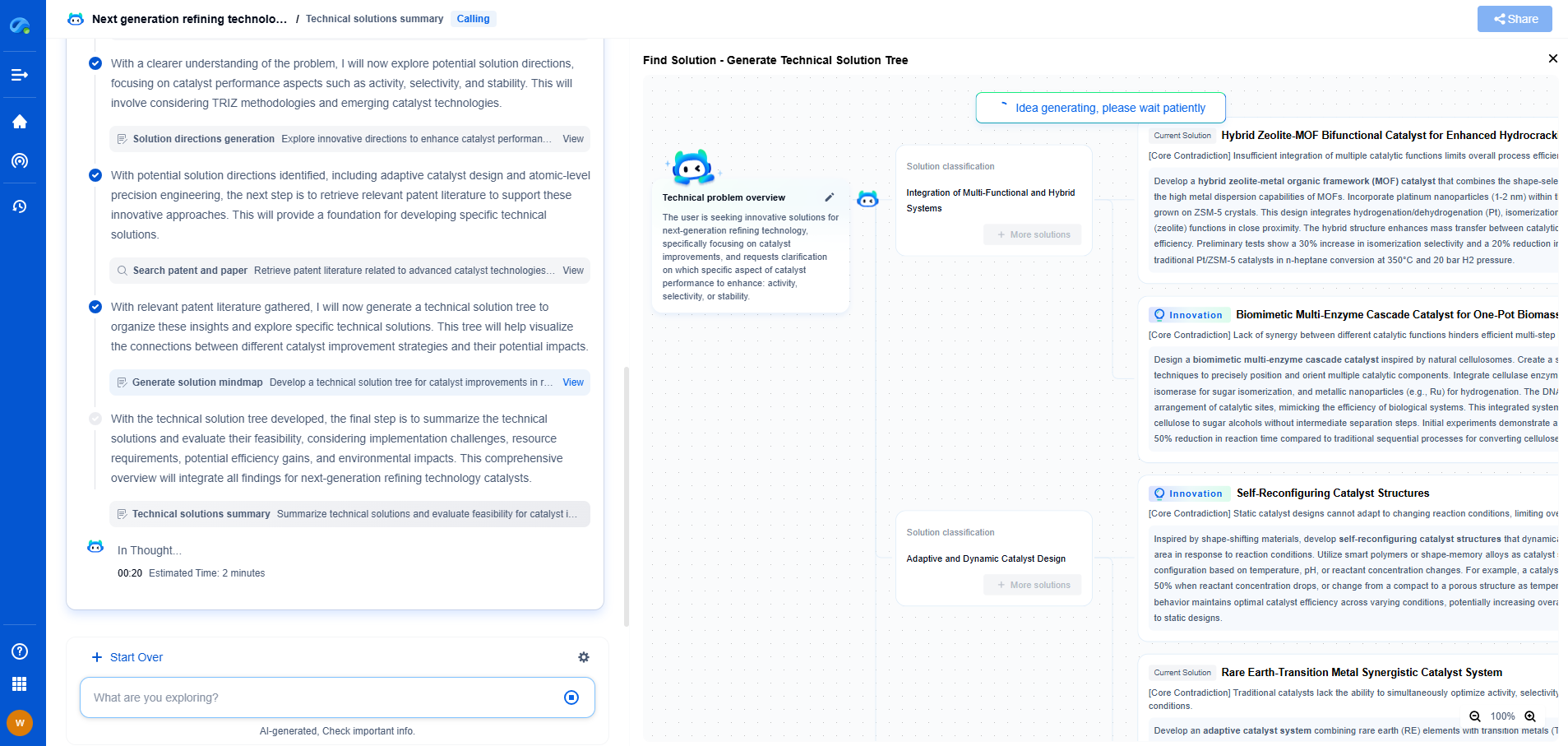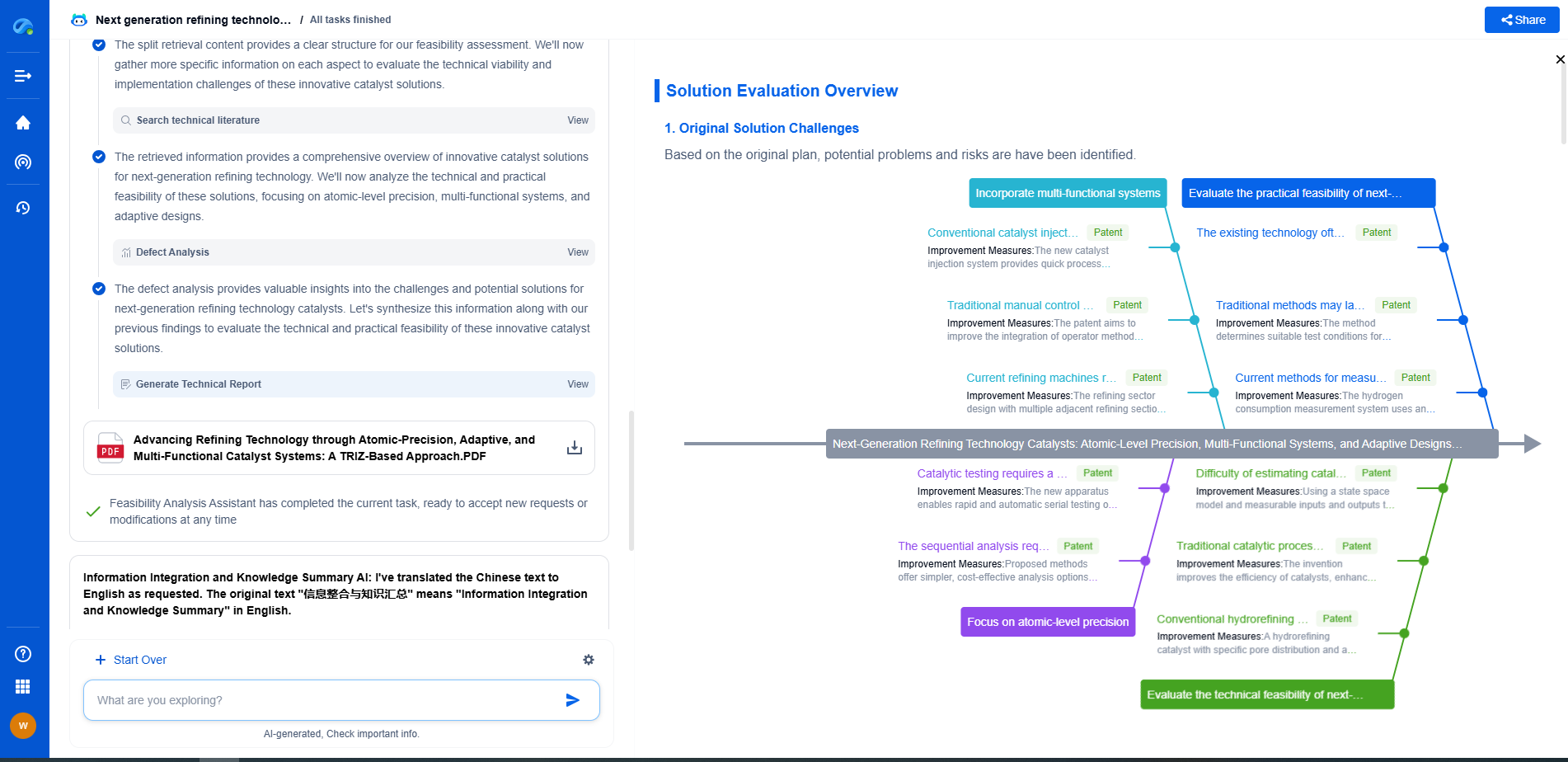Introduction to PCB Manufacturing: Etching, Drilling, and Solder Masking
JUN 27, 2025 |
Printed Circuit Boards (PCBs) are the backbone of nearly all electronic devices. They connect various electronic components through conductive pathways, allowing for functionality and interaction within the device. The process of manufacturing PCBs involves several key steps, including etching, drilling, and solder masking. Below, we explore these crucial stages in detail, providing insights into how they contribute to the creation of reliable and efficient electronic circuits.
The Etching Process
Etching is a fundamental step in PCB manufacturing. It involves removing excess copper from a copper-clad laminate to create the desired circuit patterns. The process begins with transferring the circuit design onto the laminate using a photoresist, a light-sensitive material that, when exposed to ultraviolet (UV) light, hardens to protect the areas where copper should remain.
After the photoresist application, the board is subjected to a chemical solution, typically an acid, which etches away the unprotected copper. This step requires precision to ensure that the copper pathways are intact and properly formed, as these will carry the electrical signals between components.
PCB manufacturers must carefully control the etching process to prevent over-etching, which can lead to circuit failure, or under-etching, which can cause short circuits. This balance is crucial for the production of high-quality PCBs.
Drilling: Creating Vias and Mounting Holes
Once the etching process is complete, the next step is to drill holes into the board. These holes serve two primary purposes: creating vias and providing mounting points for electronic components.
Vias are tiny holes that allow for electrical connections between different layers of a multi-layer PCB. They are essential for complex circuits that require multiple layers to function efficiently. The drilling process must be precise, as improper alignment or incorrect hole sizes can lead to connectivity issues.
In addition to vias, holes are drilled to accommodate the leads of through-hole components. These components are mounted on the PCB by inserting their leads into the holes, where they are soldered to create a permanent connection. The accuracy of drilling affects the ease of component placement and the overall reliability of the board.
Solder Masking: Protecting and Insulating
Solder masking is a critical step that follows drilling. A solder mask is a protective layer applied to the surface of the PCB, covering the copper traces and spaces between them. This layer serves multiple purposes: it insulates the board, prevents solder bridges, and protects against environmental factors like moisture and dust.
The solder mask is typically green, although other colors are available. It is applied using a process similar to that of the photoresist, where a mask is laid out according to the design, and unwanted areas are removed to expose copper pads and vias for soldering purposes.
This protective layer is crucial for ensuring that solder only adheres to the appropriate areas, preventing short circuits and improving the durability of the board. Solder masks also enhance the aesthetic appeal of the PCB, giving it a polished and professional look.
Conclusion
The manufacturing of PCBs is a complex and precise process that requires careful attention to detail at each stage. Etching, drilling, and solder masking are essential steps that contribute to the functionality and reliability of the final product. By understanding these processes, we gain a deeper appreciation of the intricate work involved in bringing electronic devices to life. As technology continues to evolve, the importance of innovative and quality-focused PCB manufacturing remains as crucial as ever.
Empower Your Breakthroughs in Basic Electric Components with Patsnap Eureka
From resistors, capacitors, and inductors to fuses, connectors, superconductors, and nano-scale materials—basic electric elements may be the building blocks of modern electronics, but the innovation behind them is anything but simple. As device miniaturization accelerates and materials science pushes new frontiers, R&D and IP teams face increasing complexity in staying on top of technical advancements, patent activity, and competitive landscapes.
Patsnap Eureka, our intelligent AI assistant built for R&D professionals in high-tech sectors, empowers you with real-time expert-level analysis, technology roadmap exploration, and strategic mapping of core patents—all within a seamless, user-friendly interface.
🔧 Whether you’re optimizing energy storage, improving thermal resistance, or creating the next leap in circuit efficiency, Patsnap Eureka is your AI copilot for high-efficiency, high-precision R&D and IP strategy.
👉 Experience how Patsnap Eureka can revolutionize your R&D and IP strategy. Request a demo today and power up your next breakthrough.
- R&D
- Intellectual Property
- Life Sciences
- Materials
- Tech Scout
- Unparalleled Data Quality
- Higher Quality Content
- 60% Fewer Hallucinations
Browse by: Latest US Patents, China's latest patents, Technical Efficacy Thesaurus, Application Domain, Technology Topic, Popular Technical Reports.
© 2025 PatSnap. All rights reserved.Legal|Privacy policy|Modern Slavery Act Transparency Statement|Sitemap|About US| Contact US: help@patsnap.com

